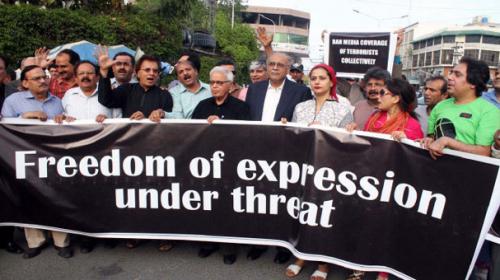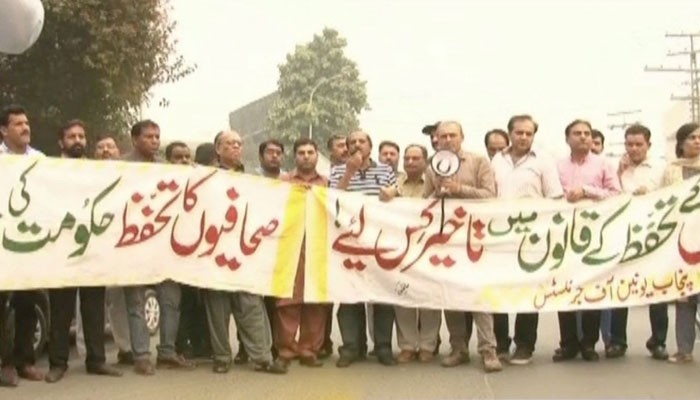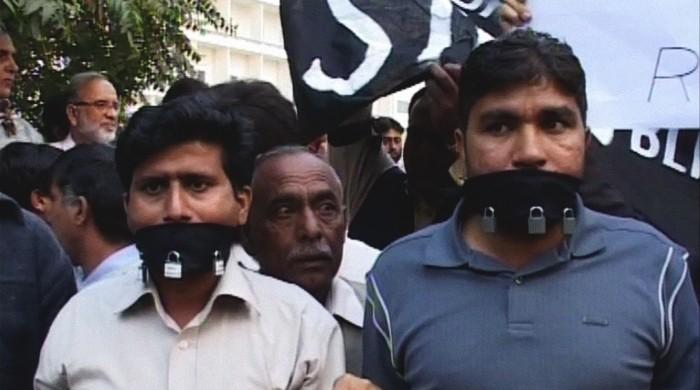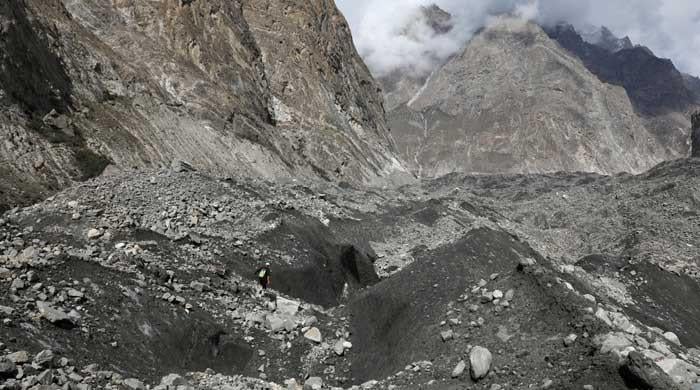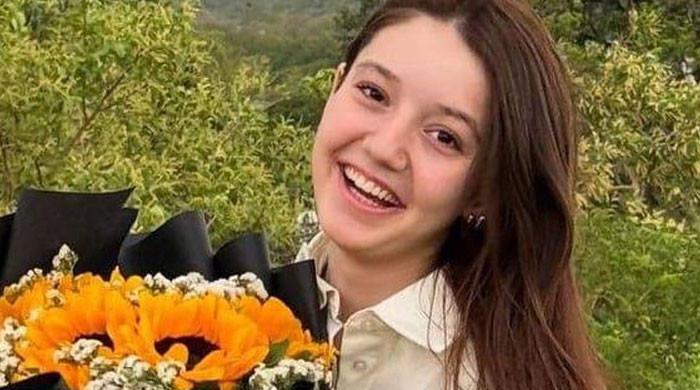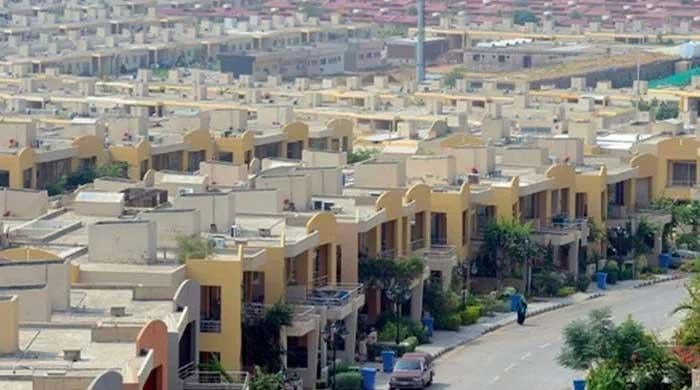Clampdown on free speech has deadly consequences in Pakistan
On International Day to End Impunity for Crimes against Journalists, Pakistani journalists have yet to know who killed many of their colleagues
November 02, 2017
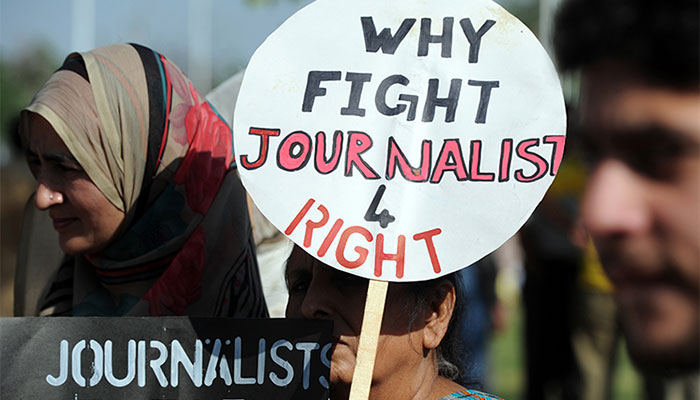
ISLAMABAD: Caught between militants’ threats and the government’s serious clampdown on freedom of expression, journalists embrace extremely hard times in Pakistan.
My colleague, Ahmad Noorani, who survived a murder attempt last week, is one of 271 working journalists who have been injured in the line of duty since 1997 while more than 127 Pakistani journalists have been killed in the same period.
Unfortunately, only some two dozen cases of attacks on journalists are being pleaded in different courts for years in Pakistan which ranks at 139 out of 180 countries in the Press Freedom Index.
And if this is not enough, more than 46 Pakistani journalists left the country in the past six years and are now seeking asylums in various parts of the world. The reasons are multiple. Today it is Noorani. Who would be next?
On ‘The International Day to End Impunity for Crimes against Journalists’ — a United Nations-recognised event observed annually today — Pakistani journalists have yet to know who killed their colleagues Wali Khan Babar, Saleem Shehzad, Musa Khankhail and who attacked Hamid Mir, Umar Cheema, Raza Rumi, Matiullah Jan and Azaz Syed — this list goes on. Such attacks still remain a mystery.
The data this scribe collected so far from various sources, including Committee to Protect Journalists and Reporters without Borders, more than 1, 610 journalists have been killed around the world since 1992.
Syria topped the list with around 235 journalists killed; Iraq was second with around 211, followed by Pakistan with 127.
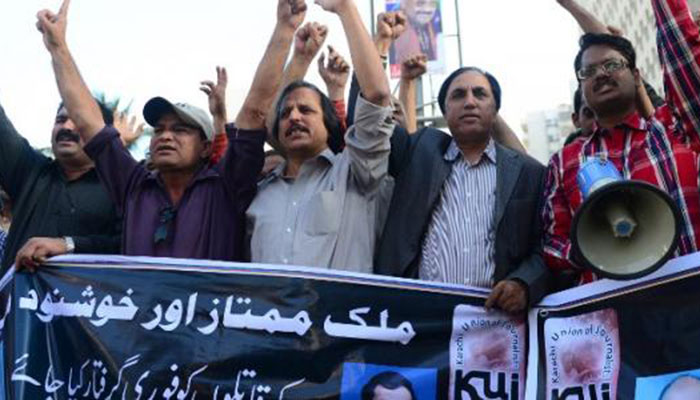
We’ve seen many commissions and committees formed by the government to probe attacks on journalists, even the country’s top court took up this issue, but unfortunately the outcome remained zero.
One can understand well that Pakistan went through a difficult time after the 9/11 attacks and perhaps this was the reason media houses unanimously adopted a resolution of not glorifying activities of banned outfits following the National Action Plan, announced after the gruesome Taliban attack on Army Public School, Peshawar in 2014. But it does mean that a clampdown should be carried on ‘freedom of expression’ in the country.
Interior Minister Ahsan Iqbal, who has pledged to stand by journalists, should expose the elements who attacked Noorani by taking this issue as a test case.
Some serious questions are also being asked by the critics and the state must answer them: Why did the state fail to protect journalists? Did the media owners chalk out any framework for the safety of their employees? Is it somehow an easy task to bring all the media houses on a single platform to resolve their issues when media has become highly polarised in Pakistan? Would the federal government go for fresh legislation to come hard on such elements posing serious threats to working journalists?
To find answers to all these questions, I’ve spoken to many officials working with various government institutions and in the corporate sector. But I found no obvious answers to this dilemma. The opinion is divided on this issue. Many also believe that media houses would introduce a self-accountability mechanism to clean their own houses accordingly.
Winding up this debate on “how to end impunity for violence against working journos”, I’ll urge the government again to take up Noorani’s case seriously — on a now or never basis — making it a test case for ensuring freedom of the press in the country.
With a thorough investigation into this latest incident, the government must expose the rogue elements who have been trying to silence critics through such unlawful means.
Through such cowardly acts, as history teaches us, no one can silence the voice who gives voice to the voiceless people.
Noorani's is one such true voice. The community stands by him and others as unity is the only survival for us journalists.
Originally published in The News
